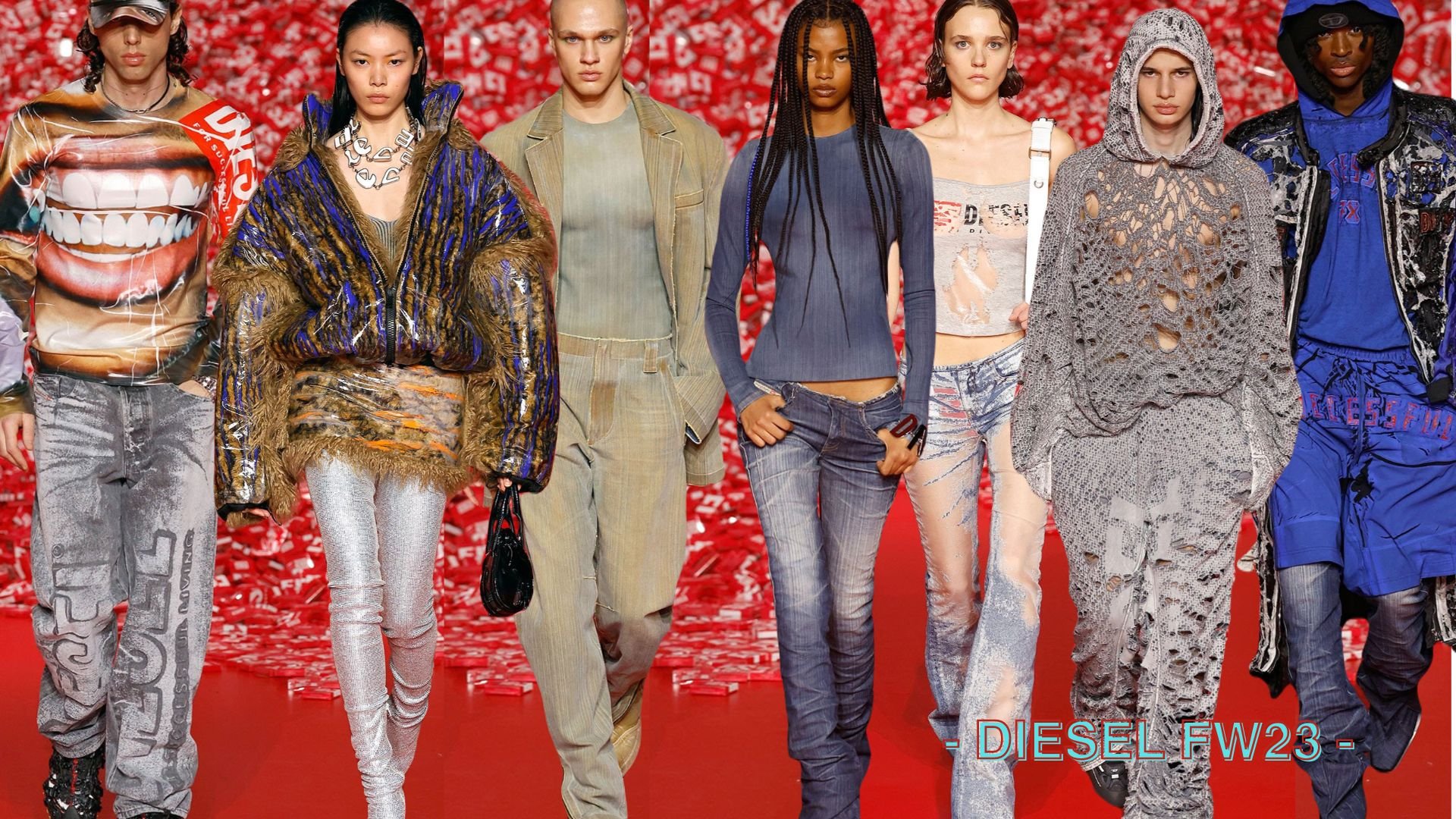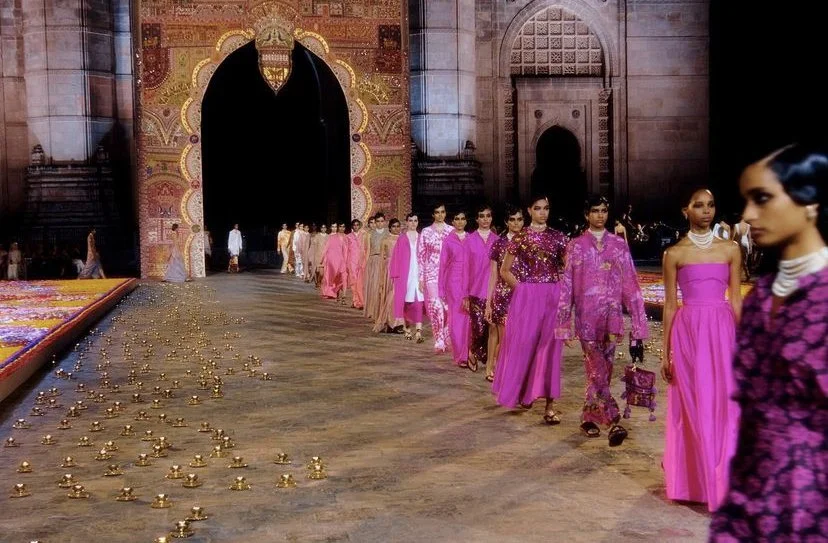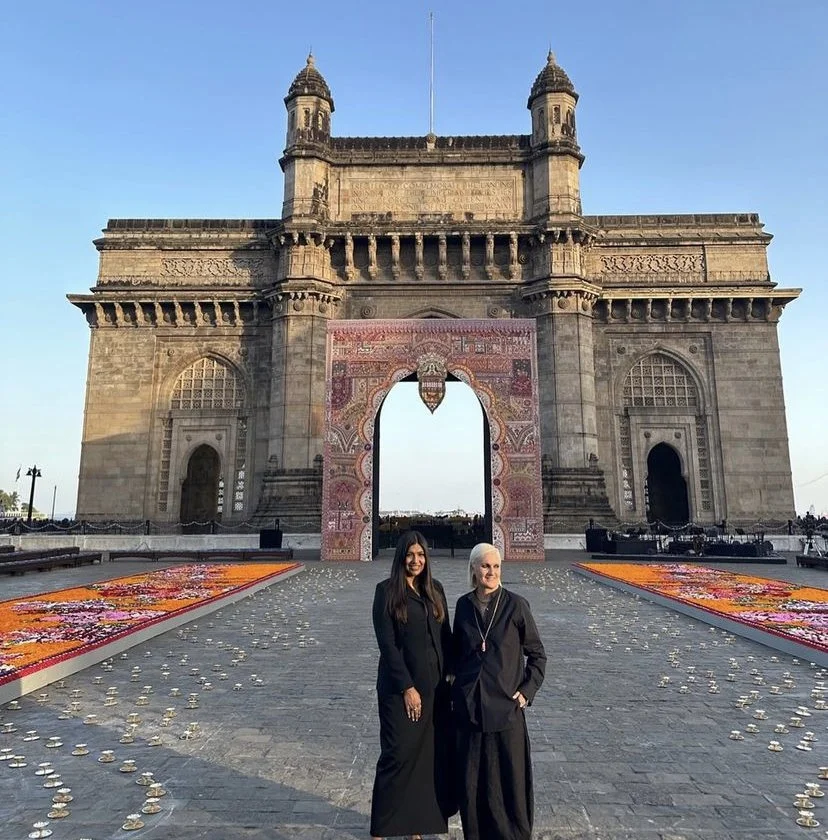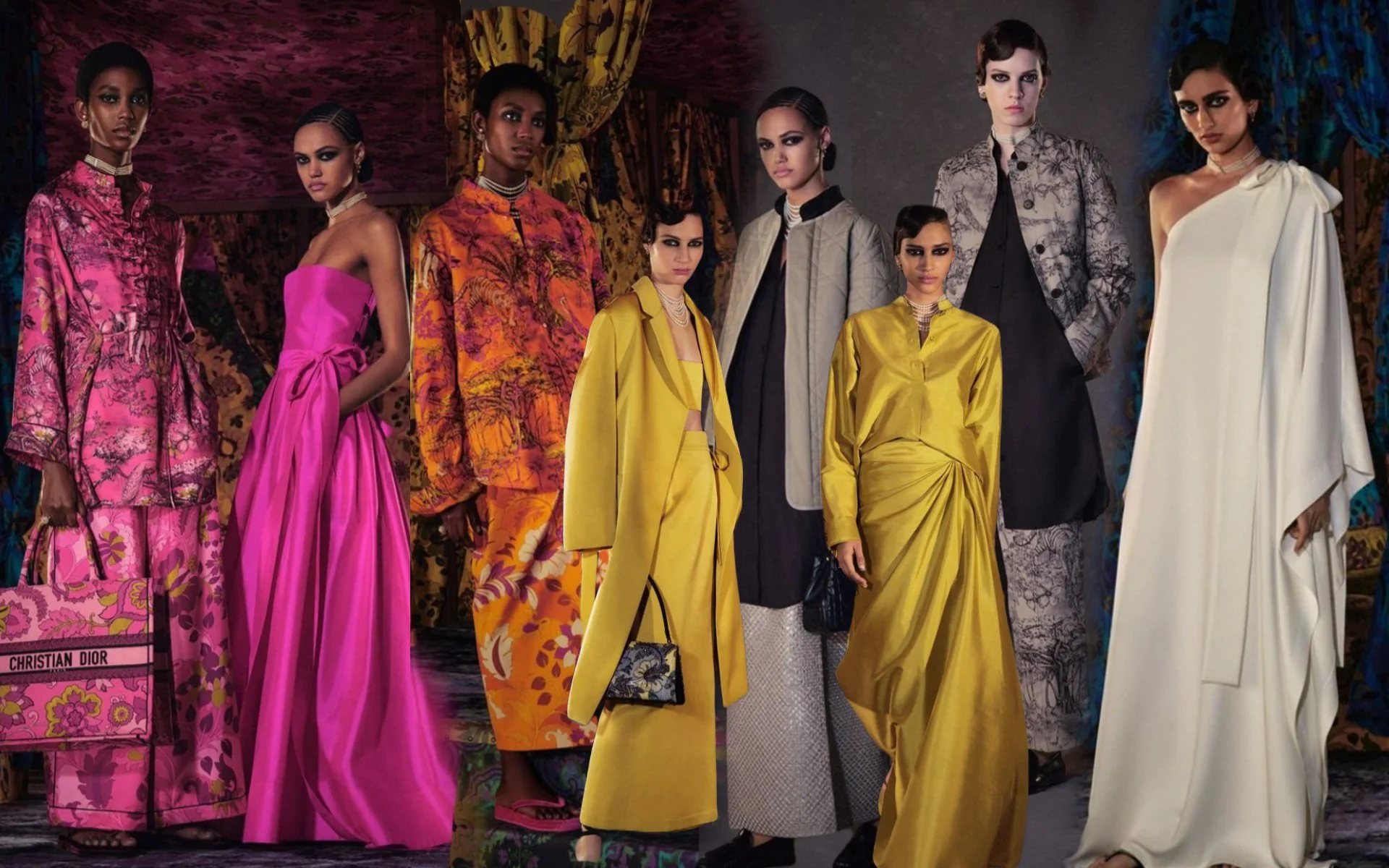Can ultra luxe, haute couture brand, Alaïa, be sustainable as well??
Before hoping into runway coverage of RTW AW24 fashion month shows, I wanted to spotlight a brand that I took notice of during Haute Couture Week for presenting a brilliantly designed collection that just so happen to be sustainable - Alaïa. The brands Summer Fall haute couture collection was crafted entirely using a single fabric - Wool. Using the thread of only wool, the ateliers created tiny loops of merino wool yarn to construct knitwear, wool coats, denim, tops, trousers, gowns and accessories.
Peter Mulier, creative director of Azzedine Alaïa, remarked that during his reign at the helm of the brand, that he has prioritized the approach of craftsmanship in order to maximized the impact of the Alaïa’s output.
Show notes regarding the collection describe it as:
“ …simple and pure, less meaning more…finding freedom and invention in intimacy being reduced to an essence. Minimizing focus to expand possibilities”.
Working with less, pushed boundaries without limiting the collection’s creativity and appeal at all. I found this concept fascinating, and awe-inspiring. To see images of the sculptural, circular pieces come down the runway was astonishing, and even more impressionable on the psyché once processing the exceptional technique used to create the collection.
Another interesting design element was the use of 3-D printing with wool to create the jaw dropping asymmetrical maxi length dresses that wrapped around the models torso creating a spiraling structured cut out bodice.
True sustainability is innovative and resourceful with minimal environmental impact on products and materials. Merino wool is a renewable resource from the fleece of merino sheep - that’s biodegradable. Actually if put to the test, merino wool passes “life cycle assessment (LCA)” on many fronts.
Conducting a simple LCA evaluates each stage of the material to determine whether its truly sustainable based on the complete lifecycle of a product. The first step is SOURCING. As mentioned earlier, the merino wool fibers comes from merino sheep. These animals can produce as much as 18kgs of wool per year. How often the sheep are sheared is determined by the farmer, but it can safely occur as frequently as 2-months. Next is MANUFACTURING. This part of the process is less sustainable as it is mechanical. Once the fleeces are collected they have to be sorted, cleaned and process which uses quite a bit of water and energy. The third step is TRANSPORTING. Depending on the distance the materials must travel, determines how much emissions are used by the vehicles. However, this stage is known to be relative carbon-intensive. Fourth stage of LCA is USAGE. The usage of merino wool is positive and sustainable as the material is can be worn several times between washing due to the breathability and odor-resistance of the fibers. Lastly, is the END OF LIFE stage of the wool. Merino wool (if untreated) is fully biodegradable and compostable.






